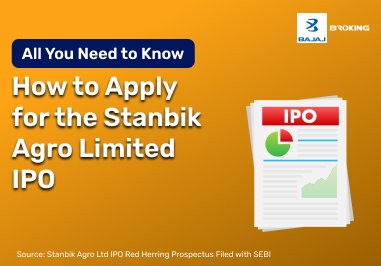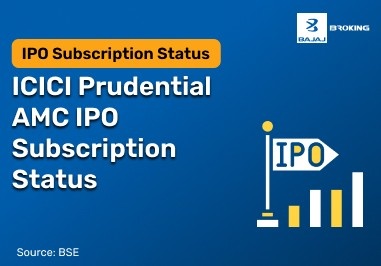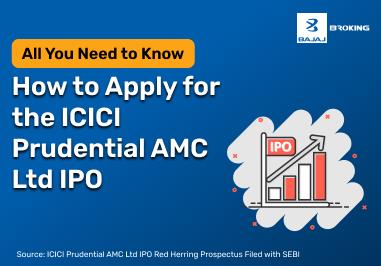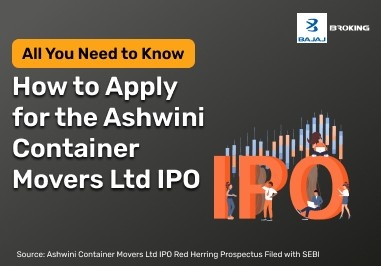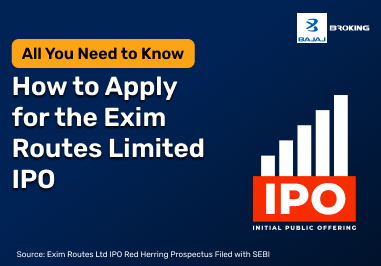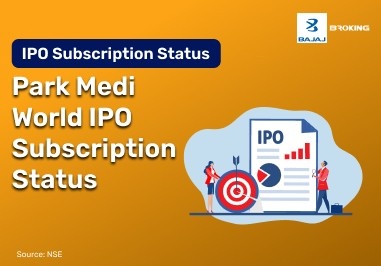When it comes to investing in gold, there are two popular options that stand out: physical gold and Gold ETFs (Exchange-Traded Funds). However, while both are all about gold, they differ significantly in terms of ownership, costs, and convenience.
In a nutshell, physical gold refers to tangible assets such as gold coins, bars, or jewellery. Investors can hold and store, often appealing to those who value direct possession. On the other hand, Gold ETFs are more of a digital form of investment. Here, each unit corresponds to a specific amount of gold, allowing investors to trade gold without the burden of physical storage or security.
Understanding the key differences between these two can help investors make informed decisions based on their financial goals and preferences. Let’s walk you through the ins and outs of gold ETFs vs physical gold.
What is Physical Gold?
You can own and hold physical gold in your hand. Some examples of things that fit into this group are gold coins, bullion bars, and jewellery.
This means that the person directly owns the asset as an investment. In Indian culture, people buy gold for investment, ceremonial, and emotional reasons, which makes this direct ownership very strong.
The value of gold is based on its weight (in grammes or troy ounces) and its purity (usually 24-karat for pure gold or 22-karat for jewellery).
How Does Physical Gold Work?
Investing in physical gold involves purchasing gold from authorised dealers, banks, or jewellers. The investor then takes possession of the gold and is responsible for its safekeeping. This may involve home storage or renting a safety deposit box.
The value of the gold fluctuates based on the current market price. Furthermore, selling physical gold requires finding a buyer (retailers or individuals). Also, note that physical gold does not generate passive income but increases based on global demand and supply factors.
What is a Gold ETF?
A Gold ETF is a fund of exchange-traded securities that keeps track of the price of gold in the US. Like shares of a company, you can buy and sell it on the stock market. This means that you can buy gold without having to own it.
When you buy a Gold ETF, you get units that are stored in a demat account. The fund manager keeps each unit of high-purity gold (usually one gram) in a safe vault.
This structure is very easy to use and has a lot of cash flow. Investors can buy or sell their gold holdings with just one click during market hours. This keeps you from having to deal with the problems of storing and selling gold in person.
How Gold ETFs Work?
Gold ETFs function by allowing investors to purchase units of the fund on the stock exchange, similar to buying shares of a company. Gold ETFs are backed by physical gold held by a custodian, ensuring that each unit has intrinsic value linked to actual gold reserves. This makes them a convenient option for investors who want to deal in gold without dealing with the challenges of storing or securing physical gold.
When investors buy a unit of a Gold ETF, they are indirectly investing in gold, as the ETF is backed by physical gold stored in vaults. These funds can be bought or sold during market hours, offering flexibility and liquidity. The price of the ETF mirrors the current gold price. Investors here generally benefit from price appreciation.
Additional Read: Top 5 Reasons To Invest In SGBs Over Physical Gold Or Gold ETFs
Key Differences Between Gold ETFs and Physical Gold
It's important to look at these two choices in terms of a few key factors in order to make an informed decision. The differences go beyond the fact that one is physical and the other is digital. They also affect costs, liquidity, and transparency.
There are other digital options, like Sovereign Gold Bonds, but they have set lock-in periods. Gold ETFs give investors more options if they need to get to their money. The table below shows the main differences.
Feature
| Physical Gold
| Gold ETFs
|
Form
| Tangible assets that an investor can physically hold.
| Digital units in a demat account that show you own gold electronically.
|
Purity
| Purity depends on how trustworthy the seller is (usually 22K).
| The gold that makes up the product is regulated and kept in audited vaults, so it is guaranteed to be 99.5% pure (24K).
|
Costs
| High making charges (5–25%), storage fees (for bank lockers), and maybe even insurance costs.
| Small annual expense ratio (fund management fee, ~0.5-1%) and standard brokerage fees.
|
Liquidity
| Selling can take a long time and be hard to do, especially when you have to find a jeweller you can trust
| Very easy to sell. You can buy or sell units on the stock market right away at market prices.
|
Pricing
| Prices are not clear, and they can vary from one jeweller to the next.
| Prices are clear and consistent, and they are directly tied to live domestic gold prices.
|
Minimum Investment
| Needs a bigger initial investment because you usually have to buy at least 1 gram of gold.
| Highly accessible. You can start by purchasing just one unit, equivalent to 1 gram of gold.
|
Taxation
| If you hold onto something for three years, any gains you make are taxed at 20% as Long-Term Capital Gains (LTCG) with indexation benefits.
| The tax treatment is the same as for real gold. After three years, LTCG is taxed at 20% and gets indexation benefits.
|
Which Investment is Right for You: Physical Gold vs Gold ETFs?
You can choose between physical gold and Gold ETFs based on your investment goals, how much risk you're willing to take, and your own tastes. There isn't a single right answer; the right choice is the one that fits with your "why". Are you putting money into something with sentimental value, like a family wedding, or are you trying to make money by taking advantage of short-term price changes? If you value owning something real and are willing to pay the costs and deal with the lower liquidity that comes with it, physical gold has an emotional appeal that a digital asset can't match. But if you want to make things easier, save money, and be able to trade easily, Gold ETFs are a better choice. Your personal investment philosophy is what this choice comes down to.
Conclusion
In the end, the choice between physical gold and Gold ETFs is a balance between old-fashioned tradition and modern efficiency. There is no clear winner between the two; they just meet different needs for different investors.
Gold ETFs are clearly better if your main goals are liquidity, low costs, and clear pricing. They let investors take advantage of changes in the price of gold without having to own it.
If the investment is based on cultural significance, emotional value, or the desire to own something real, then physical gold is still the better choice. The kind of long-lasting asset that works well for you depends on your goals.

